

Deaths That Shocked the World
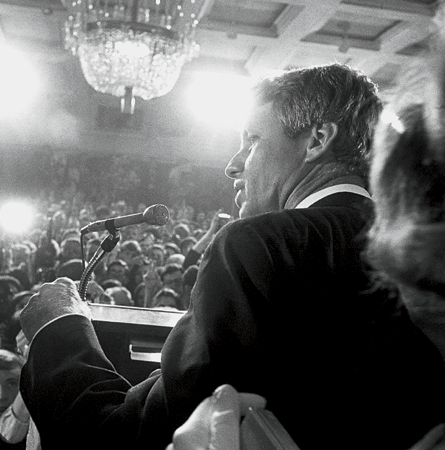
SHINING LIGHT Just minutes before presidential hopeful Robert Kennedy was shot in June 1968, he addressed supporters in the Ambassador Hotel in Los Angeles.

TIME INC. BOOKS
PUBLISHER Margot Schupf
SENIOR VICE PRESIDENT, FINANCE Anthony Palumbo
VICE PRESIDENT, MARKETING Jeremy Biloon
EXECUTIVE DIRECTOR, MARKETING SERVICES Carol Pittard
DIRECTOR, BRAND MARKETING Jean Kennedy
SALES DIRECTOR Christi Crowley
ASSOCIATE DIRECTOR, Brand Marketing Bryan Christian
ASSOCIATE DIRECTOR, FINANCE Jill Earyes
ASSISTANT GENERAL COUNSEL Andrew Goldberg
ASSISTANT DIRECTOR, PRODUCTION Susan Chodakiewicz
SENIOR MANAGER, FINANCE Ashley Petrasovic
SENIOR BRAND MANAGER Katherine Barnet
PREPRESS MANAGER Alex Voznesenskiy
EDITORIAL DIRECTOR Kostya Kennedy
CREATIVE DIRECTOR Gary Stewart
DIRECTOR OF PHOTOGRAPHY Christina Lieberman
EDITORIAL OPERATIONS DIRECTOR Jamie Roth Major
MANAGER, EDITORIAL OPERATIONS Gina Scauzillo
SPECIAL THANKS Brad Beatson, Brett Finkelstein, Melissa Frankenberry, Kristina Jutzi, Simon Keeble, Seniqua Koger, Kate Roncinske, Rich Shaffer
PRODUCED BY Kensington Media Group
EDITORIAL DIRECTOR Morin Bishop
DESIGNER Barbara Chilenskas
WRITER Brion OConnor
COPY EDITORS Joanne Camas, Shelley Wolson
FACT CHECKER Jensen Wheeler-Wolfe
EDITORIAL CONSULTANT Mark Buenzle
e-ISBN: 978-1-54784-162-2
Copyright 2018 Time Inc. Books
Published by Time Inc. Books
225 Liberty Street
New York, NY 10281
All rights reserved. No part of this book may be reproduced in any form or by any electronic or mechanical means, including information storage and retrieval systems, without permission in writing from the publisher, except by a reviewer, who may quote brief passages in a review.
We welcome your comments and suggestions about Time Inc. Books. Please write to us at Time Inc. Books, Attention: Book Editors, P.O. Box 62310, Tampa, FL 33662-2310
CONTENTS

TRAGIC NEWS On the afternoon of Nov. 22, 1963, LIFE photographer Carl Mydans captured commuters reading about the assassination of President John F. Kennedy.
INTRODUCTION
CHAPTER 1
Whether a ballad, a rock riff or a grunge blast, the music that lives on after the death of an Elvis Presley, a John Lennon, or a Michael Jackson helps fill the void.
CHAPTER 2
Through movies, we develop intimate relationships with stars we might never meet, from the incandescent Marilyn Monroe to funny man Robin Williams. And when they pass, we grieve the loss as we would a friend.
CHAPTER 3
Roosevelt has died. Kennedy has been shot. Diana is gone. When inspiring figures die unexpectedly, their lives are mourned for what could have been.
THE SOUND OF SILENCE
They gave us the soundtrack to our lives; then, in a flash, they were gone

PURPLE RAIN The greatest gift was to see him onstage, The New Yorkers David Remnick wrote of Prince. Live, emerging from the dry-ice clouds, he was unforgettable, unstoppable, a weather system all his own.
The King
Elvis Presley
1935 1977
.png)
ELVIS ON TV Elvis Presleys manager, Col. Tom Parker, left, Presley and Ed Sullivan, before Presleys second appearance on The Ed Sullivan Show. The television host paid Presley an unprecedented $50,000 for his three performances on the popular Sunday variety program.
Fans of Elvis Presley were used to a buzz of activity around Graceland, the Kings palatial home in Memphis, Tenn. But on Aug. 16, 1977, the sight of an ambulance driving through the crowd at Gracelands gates suggested something far more ominous.
Presley, 42, had been discovered midafternoon that day in his bathroom, facedown, by his girlfriend, 20-year-old Ginger Alden. He was already cold when paramedics arrived. There were no vital signs. Still, Presleys doctorGeorge Nichopoulosinsisted that the performer be brought to Baptist Memorial Hospital, 15 minutes farther than nearby Methodist South Hospital. At 3:30 p.m., an hour after Alden found him, the singer was pronounced dead. The death certificate stated that Presley had suffered a heart attack, but toxicology reports released later refuted that finding, revealing high levels of pharmaceuticals in his system.
During Presleys childhood, such drug abuse would have been unimaginable. Presley was born in 1935 in Tupelo, Miss., to blue-collar parents. His formative years were spent surrounded by black musicians in his neighborhood, where he fell in love with rhythm and blues. After Presleys family moved to Memphis in 1948, promoter Oscar Davis introduced the young singer to his associate, Col. Tom Parker, a former carnival huckster. Parker orchestrated the singers exit from Sun, the small label that gave Presley his first break, and brought him to RCA Victor. Heartbreak Hotel became his first No. 1 single for RCA in 1956, a breakthrough year that also yielded Presleys first album, Elvis Presley, and movie contract (with Paramount), for the film Love Me Tender . A dizzying string of hits followedElvis would record 17 No. 1 and 38 Top 10 songs in his careeras he grew into rocks most charismatic onstage presence. Presley appeared on The Ed Sullivan Show three times in 1956 and 57by his third performance, Sullivan and the network censors, concerned about conservative criticism of Elviss gyrating hips, decided to film the singer exclusively from the waist up. Presleys initial performance was seen by 60 million viewers, or 83 percent of the television audience that night. The Beatles and the British Invasion pushed Presley out of the limelight for a time, but he resuscitated his career in the late 60s by taking his act to Las Vegas.
What the public didnt knowbut his intimates didwas that Presleys performance was fueled almost from the beginning by a steady diet of pills. Priscilla Presley, who met her future husband in 1959 when she was 14, reported in her memoir, Elvis and Me, that Presley relied on prescription medications from the time she first met him: Placidyl to get to sleep, then Dexedrine to wake up and prepare for the grueling schedule Parker demanded of his star client. Over the years, Presley needed larger quantities of pharmaceuticals to function professionally and cope with debilitating bouts of anxiety and depression. In 1973, after his divorce from Priscilla was finalized, he was hospitalized twice for drug-related issues, and he started canceling tour dates. By the time of his death, he was a mess, bloated to the point of obesity at over 300 pounds and, in addition to his drug addiction, was suffering from diabetes, glaucoma and constipation.
Next page


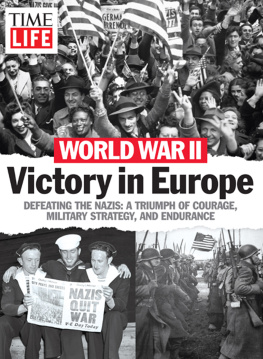
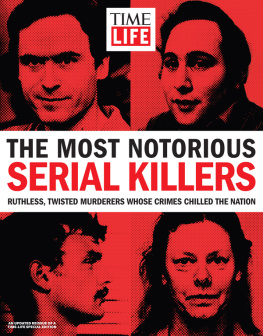
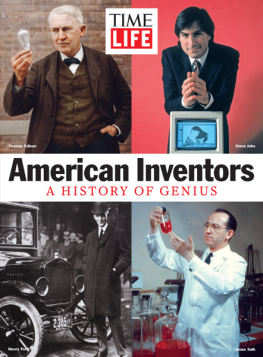
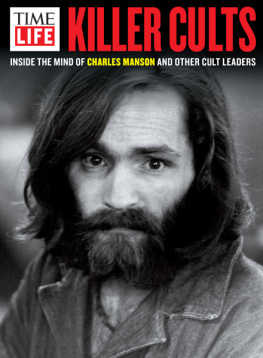
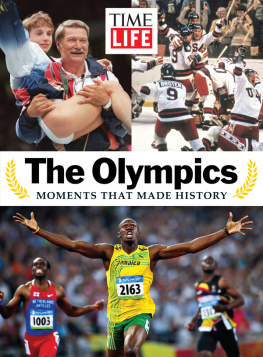
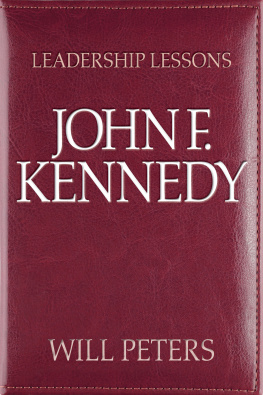
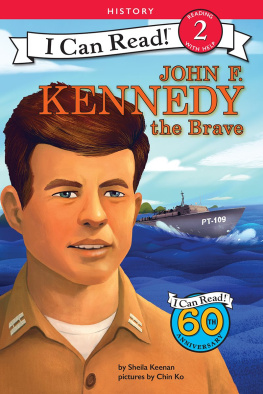
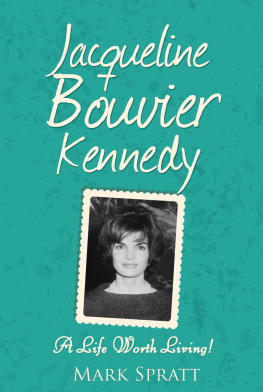

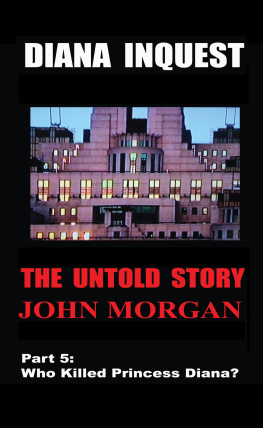
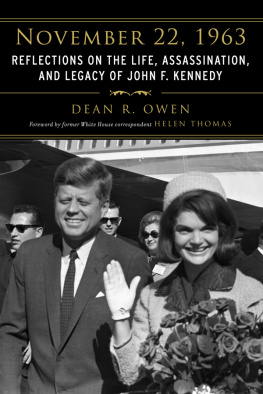
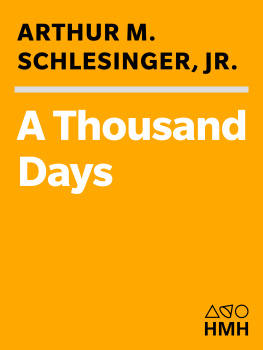
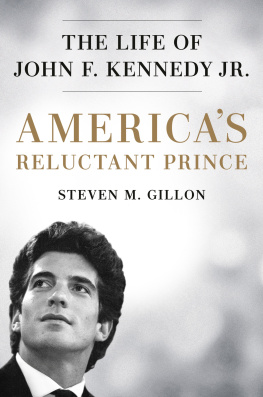
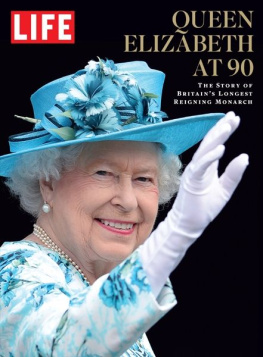
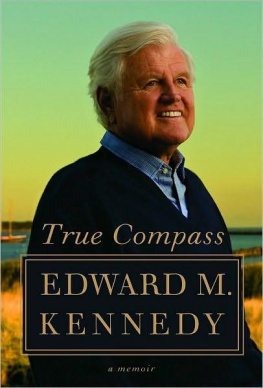





.png)